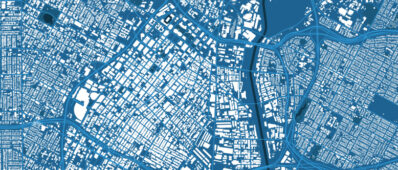Abstract
In California, Senate Bill 375 mandates regional planning organizations align their transportation plans with sustainable land use and development strategies to achieve reductions in greenhouse gas emissions. In response, the Southern California Association of Governments’ 2016 Regional Transportation Plan/Sustainable Community Strategy directs nearly 50% of housing and employment growth between 2010 and 2040 into walkable and compact neighborhoods within a one-half mile walking distance from well-serviced transit stops. This approach to land use development can encourage shorter driving trips, greater transit usage, and increased walking and cycling as a result of daily activity destinations being clustered near residential and work locations.1Another bi-product and benefit of compact and accessible communities may be improving gender equality related to travel and activity patterns. Prior research shows segregated and dispersed land uses (i.e., suburban sprawl) can exacerbate gender disparities in daily household travel by separating the public and private realms, and can also constrain women to their immediate neighborhoods.2,3 In contrast, neighborhoods with pedestrian accessible mixes-use centers have been shown to help counter social isolation of women in suburbia.4In addition, compact communities with denser land use and better transit service has been shown to reduce the disproportionate amount of chauffeuring women conduct on behalf of the household.



